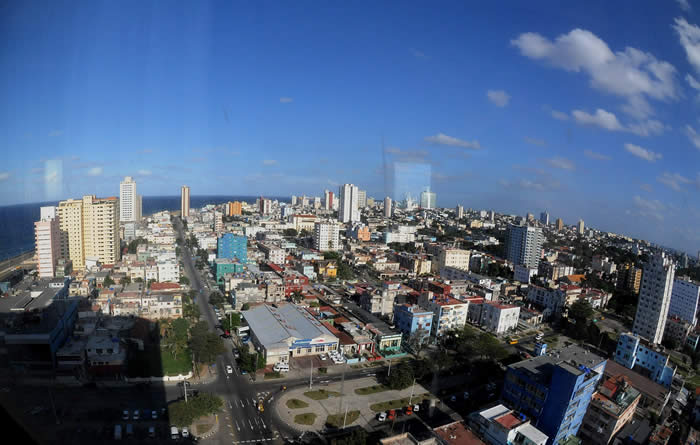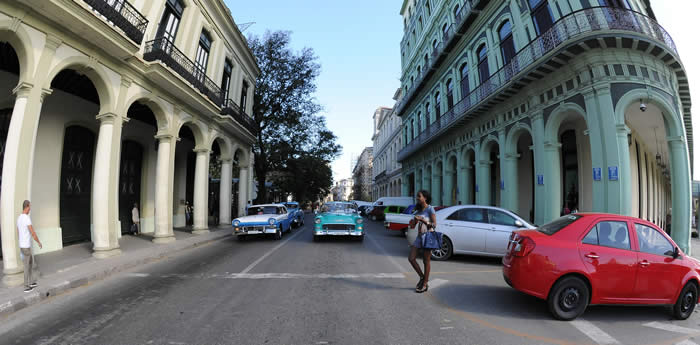CUBA January 2017 Callyn Yorke

Link to Annotated Bird List
INTRODUCTION
The largest of the Caribbean islands, Cuba stands out as a naturalist’s favored destination, particularly with respect to endemic birds. At least twenty-five species are found nowhere else in the world. Some of these birds are stunningly colorful, e.g. Cuban Tody and Cuban Trogon, while others are nondescript, e.g. Cuban Blackbird and Cuban Gnatcatcher. In every case, natural selection has produced unique plumages, behaviors and distributions for these endemic birds. Even for those visitors only casually interested in birds, the diversity of interesting species is impressive.



My journey through Cuba began in the fine old port city, La Habana. I arrived a few days before a scheduled birding tour of the island, organized by a licensed USA based firm. Our tour, led by the Cuban Ornithologist, Arturo Kirkconnell, would begin and end in Habana, and include important ecological areas in Vinales, Zapata, Sierra Najasa and Cayo Coco (see Annotated Bird List).
In the meantime, I took the opportunity to explore La Habana on foot, by bus and taxi. Urban parks, suburban gardens and open space, including a rocky shoreline, nearshore waters and harbors, provided habitat for opportunistic bird species that were easily found and observed at close range. Among those birds, were regional (RE) and main-island endemics (the latter indicated by bold print), Cuban Emerald and Cuban Blackbird – both life-birds for me.


One of the best places to observe birds in greater La Habana was Jardin Botanico Nacional (National Botanical Garden), located about seven miles south of Habana Vieja. The roundtrip taxi fare from La Habana was $50 CUC ($1 = 0.87 Cuban Convertible Pesos, CUC). I walked around the gardens for two hours one morning, observing about twenty-five bird species, including two more endemic, life-birds, Cuban Green Woodpecker and Cuban Parakeet. This large patchwork of gardens and second-growth, includes mature deciduous and conifer trees, open fields and greenhouses. Many of the birds seemed to be near the main entrance, so that area received most of my attention.
Another good birding location was the Hemingway Home Museum, featuring a large, shady garden attracting birds such as West Indian Woodpecker, Red-legged Honeycreeper (introduced), Red-legged Thrush and Yellow-faced Grassquit.




Habana Vieja, a charming old colonial city, bustled with locals and tourists, day and night (cruise ships now visit La Habana). Fortunately, the city included a few quiet plazas with mature fruiting trees and shrubs attracting birds, e.g. Eurasian Collared Dove, Common Ground Dove, Cuban Emerald, Red-legged Thrush, Cuban Blackbird and House Sparrow. Palm Warbler was one of the most widespread of North American migrants; almost every park and garden in La Habana had at least one. The Malecon was a picturesque and dynamic birding location adjacent to the harbor. Magnificent Frigatebird, Brown Pelican, and Laughing Gull were common there. Small flocks of Antillean Palm Swift were also conspicuous in this area.
By the end of my Cuban journey, thanks in large part to the expertise of Arturo Kirkconnell, I had tallied 24/25 Cuban endemic birds; most of those with identifiable digital images. Additionally, twelve regional endemic bird species were found, several also being lifers. In summary, Cuba, ranked slightly lower than the Dominican Republic and Jamaica, in terms of the total number of endemic bird species, yet was nonetheless an ornithologically interesting and culturally delightful experience – well worth the considerable effort and expense to visit.
____________________________________________